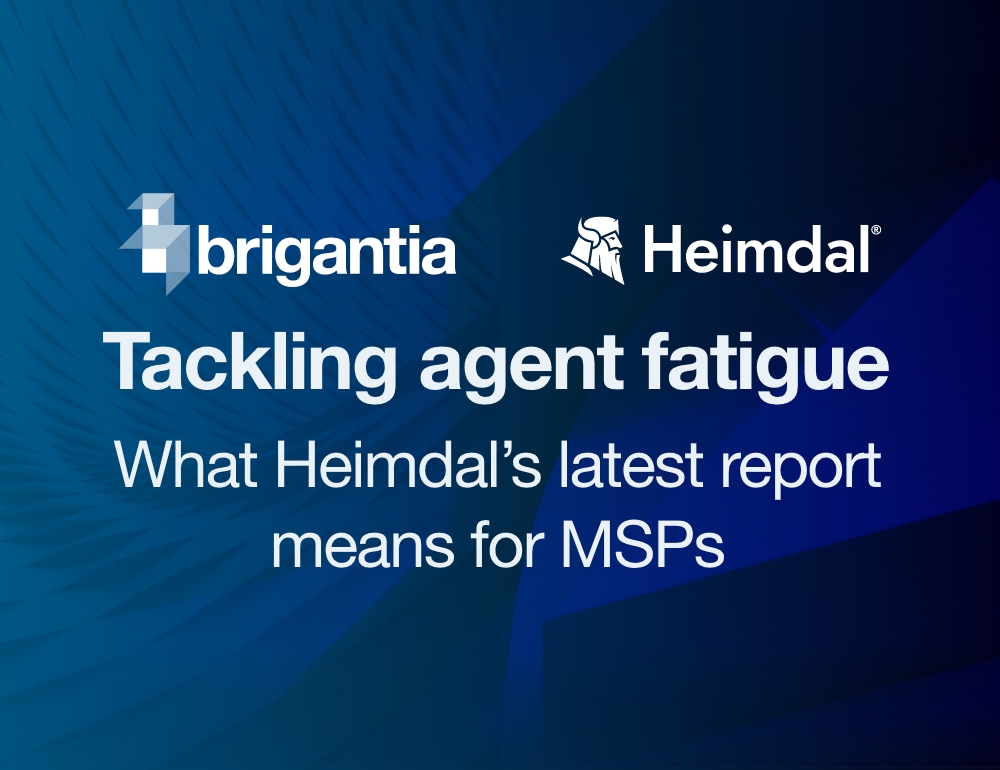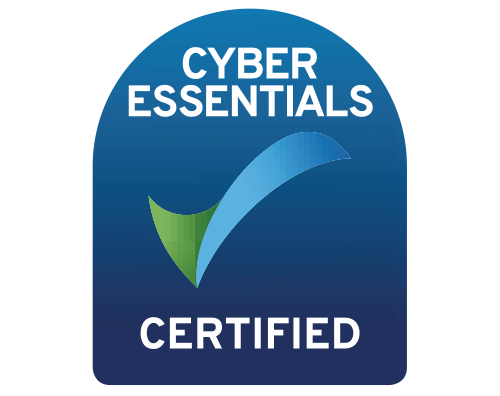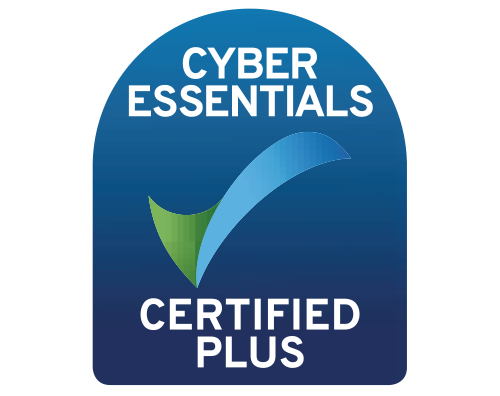Next up in our Heimdal mini-series is patching and why it is a vital part of an organisation's cybersecurity.
Why patching is essential
Patching is a key layer of a business’s cybersecurity armour. Unpatched systems are prime targets for cyberattacks, leading to data breaches and operational disruptions. This is why every organisation, regardless of its size, should implement a robust patch and asset management strategy to safeguard digital assets and maintain business continuity.
Understanding patching and its role in preventing cybercrime
Let’s take a closer look at patching and its role in cybersecurity.
Patching involves updating software to fix vulnerabilities that cybercriminals could exploit. With regular patching, the attack surface is reduced, making it harder for malicious actors to infiltrate systems. Effective patch management is a fantastic, proactive measure against cybercrime, ensuring that known security flaws are addressed promptly.
Heimdal’s approach to patch and asset management
Heimdal is a market leader in the cybersecurity arena, offering an end-to-end cybersecurity suite that includes advanced patch and asset management capabilities. The solution provides:
- Automated patch deployment for over 285 third-party applications and operating systems, including Windows, macOS, and Linux.
- Silent, remote installations that minimise user disruption and offer timely updates.
- Software inventory management, allowing for visibility and control over all assets.
- Compliance with industry standards such as GDPR, CIS18, and Cyber Essentials.
Through these extensive features, Heimdal supports organisations to manage vulnerabilities effectively.
The consequences of neglecting patch management
For organisations that don’t set up timely patches, they can become vulnerable, leading to severe consequences and hurdles, including:
- Increased risk of cyberattacks: unpatched systems are more susceptible to exploitation.
- Data breaches: sensitive information can be compromised, leading to financial and reputational damage.
- Non-compliance penalties: organisations may face fines for failing to meet regulatory requirements.
These risks aren’t ones to ignore, and they highlight the importance of a proactive patch management strategy.
Best practices for implementing effective patch and asset management
For organisations to significantly reduce the risk of cyber incidents and enhance their cybersecurity posture, they need to:
- Establish a regular patching schedule: making sure all systems are updated promptly.
- Utilise automated tools: reduce manual effort and minimise human error with automation.
- Maintain an up-to-date asset inventory: keep track of all hardware and have visibility on all software assets.
- Monitor compliance: regularly assess adherence to industry standards and regulations.
- Educate employees: promote awareness of cybersecurity best practices across teams.
Heimdal’s proactive defence against cyberattacks
Heimdal's cybersecurity suite doesn’t stop at patch and asset management; it also provides:
- DNS Security Endpoint
- Managed Extended Detection and Response (MXDR)
- Application Control
- Next Generation Antivirus
- Privileged Elevation and Delegation Management (PEDM)
- Ransomware Encryption Protection
- Threat Hunting and Action Centre (TAC)
- Email Security
It’s a multi-layered approach that ensures businesses of all sizes are protected against a wide range of cyber threats.
Strengthen cybersecurity with Heimdal
As cyber threats continue to evolve and become more sophisticated, proactive patch and asset management are essential components of every business’s cybersecurity strategy.
Heimdal's end-to-end cybersecurity solutions provide the necessary tools to protect against cybercrime effectively, now and for the future.
For more information about Heimdal patch management or any of the other solutions in the product suite, chat with our team. See how businesses are benefiting from Heimdal, or book a demo of Heimdal here to see all the patching features in action.






